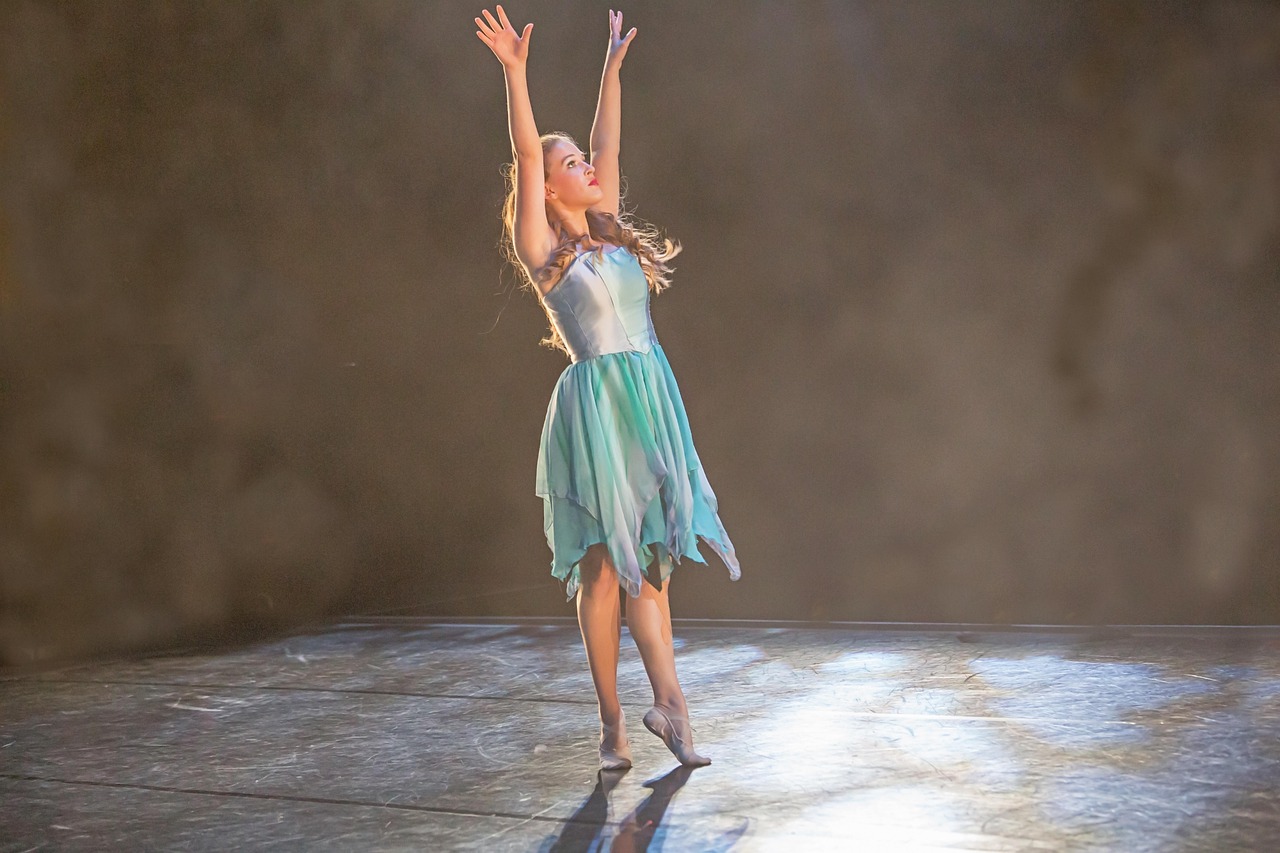Winter Guard is a vibrant and engaging performance art that blends flags, sabers, mock rifles, and other equipment with expressive dance and interpretive movement. Initially rooted in traditional color guard, Winter Guard has transformed into a distinct art form and sport, featuring indoor performances with elaborate props, colorful tarps, and recorded music. While it shares some elements with the marching band color guard, Winter Guard distinguishes itself through its indoor environment, intricate choreography, and emphasis on storytelling.
Winter Guard, a Unique Fusion of Art and Sport
Often described as a blend of athletic competition and artistic expression, Winter Guard teams craft visually striking performances integrating dance, precise equipment handling, and choreographed movements. Each performance, typically lasting between three to seven minutes, is set to carefully selected soundtracks, and some may even feature live instrumentation or vocal elements to enhance the overall experience.
The indoor nature of Winter Guard allows for immense creative freedom compared to outdoor color guard. Freed from the variables of weather and field limitations, teams can incorporate dramatic lighting, bold props, and intricate staging. This results in a powerful artistic experience that captivates audiences and judges alike.
Who Participates in Winter Guard?
Winter Guard teams span a variety of levels, including middle schools, high schools, colleges, and independent organizations. These teams showcase their talents and creativity in local, regional, and international competitions.
Winter Guard teams can be classified into two main categories:
Scholastic: Teams affiliated with schools, encompassing middle and high schools.
Independent: Self-funded teams that operate independently, welcoming performers of diverse ages and skill levels.
These categories are divided into divisions based on skill level, ensuring fair competition and opportunities for growth for all participants.
The Competitive Aspect of Winter Guard
Winter Guard competitions are rigorous and are judged on various criteria, including creativity, precision, skill, and overall performance impact. Judges assess how teams blend equipment work, dance, and props effectively to create a cohesive and engaging presentation. Scoring considers design, technical execution, and emotional resonance. For instance, a team’s ability to synchronize their movements with the music, the precision of their equipment handling, and the emotional impact of their performance are all factors that contribute to their final score.
Competitions typically occur in gymnasiums or indoor arenas, with teams performing on custom tarps or stages. Each team is allotted time to set up, execute, and dismantle their equipment, where timing is crucial to avoid penalties for exceeding limits.
Judges provide constructive feedback, encouraging teams to improve continuously. This process motivates performers and instructors to hone their skills and explore new possibilities within the Winter Guard discipline. The judges’ feedback is a crucial part of the learning process in Winter Guard, helping teams identify their strengths and areas for improvement and inspiring them to push the boundaries of their creativity and performance.
The Structure of a Winter Guard Team
A Winter Guard team comprises performers and instructional staff, each vital to the group’s overall success. Here’s an overview of key roles:
Performers: The team’s heartbeat; performers execute choreography and bring the show to life through their movements and technical abilities.
Instructional Staff: This includes equipment instructors, dance instructors, and drill instructors, each specializing in different aspects of performance—refining flag techniques, enhancing dance skills, and coordinating formations.
Captains/Student Leaders: These individuals take on leadership roles, assisting with administrative tasks, leading warm-ups, and representing the team at awards ceremonies. They are responsible for maintaining team morale, coordinating practices, and ensuring that everyone is prepared for performances. Their leadership and organizational skills are crucial to the success of the team, and their role in Winter Guard helps them develop these skills in a real-world setting.
Through collaborative efforts among performers and staff, Winter Guard teams create polished and captivating performances that leave a lasting impression on audiences and judges.
The Evolution and Global Reach of Winter Guard
While predominantly popular in the United States, Winter Guard has expanded internationally. Teams have emerged in Canada, the Netherlands, the United Kingdom, and Japan. This global reach has introduced the art form to new audiences and inspired performers worldwide.
Winter Guard International (WGI) is the preeminent organization, hosting regional competitions and the esteemed WGI World Championships yearly. These championships draw thousands of performers and spectators, celebrating the artistry and athleticism of the Winter Guard on an international stage.
Why Winter Guard Matters
Winter Guard is more than just a performance—it’s a transformative educational experience. It instills teamwork, discipline, creativity, and self-expression in its participants. For performers, it’s a platform to develop technical skills, build confidence, and form lifelong connections. For audiences, it’s a captivating display of art and sport, showcasing the extraordinary talent and dedication of its performers.
Whether you are a performer, instructor, or spectator, Winter Guard presents a unique and inspiring journey that continuously pushes the boundaries of creativity and performance.



